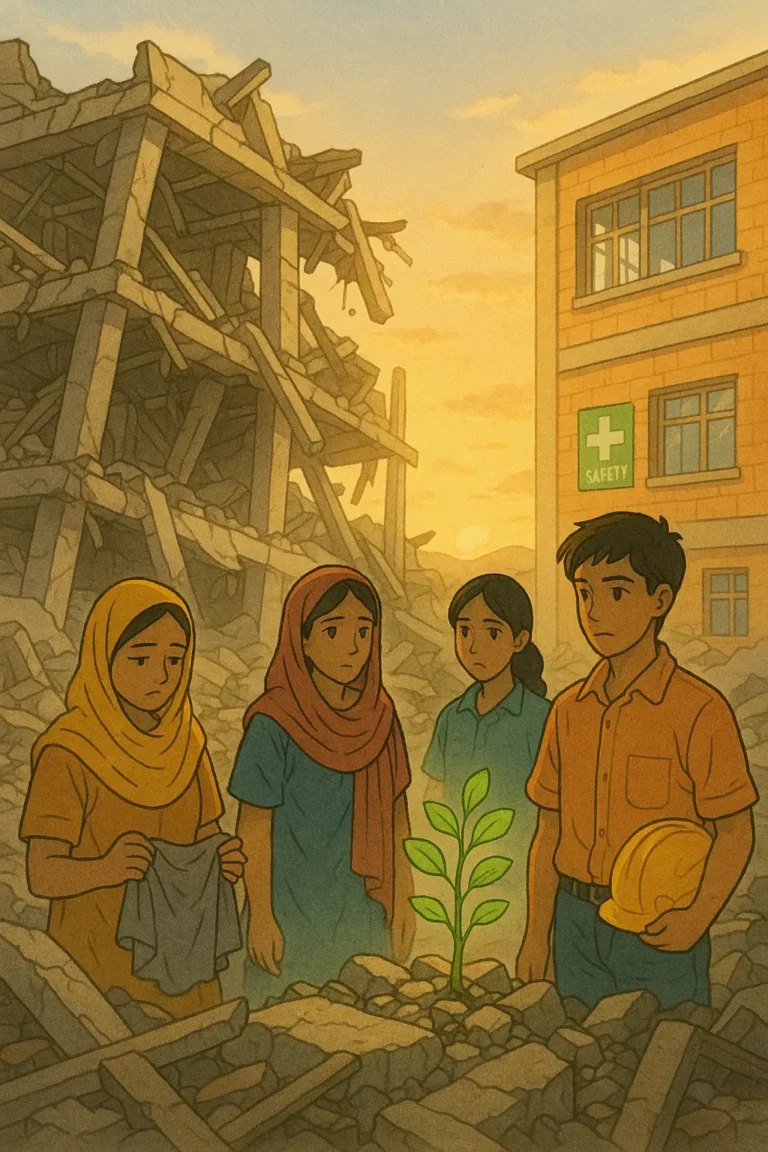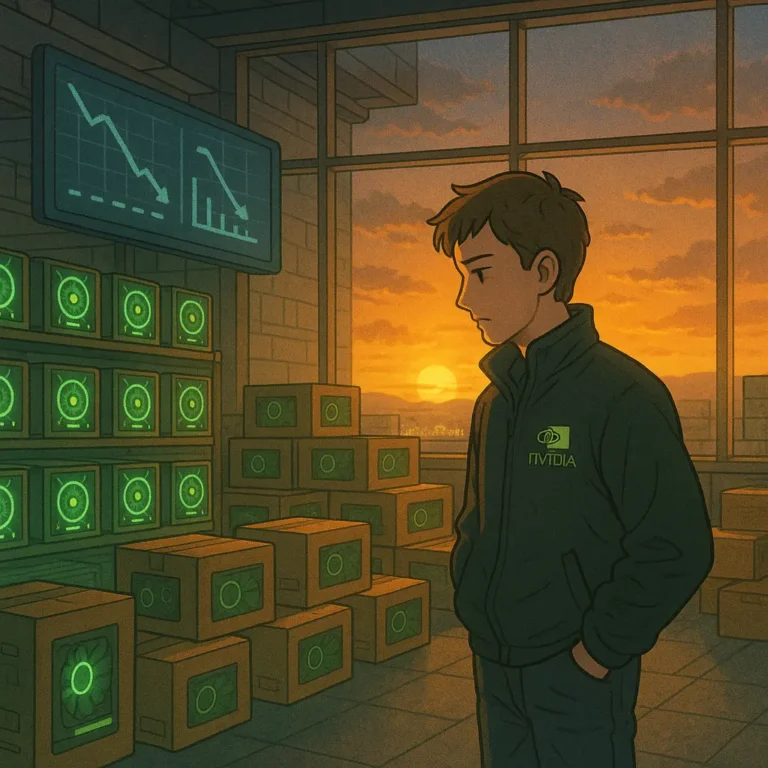
Rana Plaza Factory Collapse
The Rana Plaza Factory Collapse in Bangladesh happened because every layer of oversight failed, exposing how weak safety rules, rushed sourcing, and ignored warnings can undermine a supply chain.
However, the changes that followed now guide how many sourcing teams approach safety. This article explores what caused the collapse, the events that led up to it, and the eventual silver lining.
Key Nuggets:
- The Rana Plaza factory collapse happened because of illegal construction, substandard materials, overloaded floors, and disregarded warnings, which led to 1,134 deaths.
- Brands tied to the site faced public anger, rushed to respond, and later funded major safety reforms in Bangladesh.
- The Accord on Fire and Building Safety in Bangladesh created a strict, legally binding model for safer factories.
- African supply chains can apply these lessons by making sustainability inspections worthwhile, enhancing worker voice, and establishing fair sourcing terms.
The Rana Plaza Factory Collapse in Bangladesh: What Really Happened?
Rana Plaza collapsed because everything about it was wrong.
The factory stood on soft, water-filled soil that was never meant to hold a heavy structure. Extra floors were added without approval, and to make matters worse, they were built using weak materials.
It was originally a site intended for shops but was later transformed into a garment production hub. That shift meant the floors were loaded with machines, fabric, workers, and four rooftop generators that were too heavy for the structure and shook it each time they came on.
After the collapse, engineering reports revealed that the loads on each floor exceeded the design limits by far. Several pillars were already strained, and the rooftop generators created constant vibrations.
It was a deadly combination that made the building unstable.
Then there was the supply pressure, which exacerbated the situation.
Factories inside Rana Plaza were pressured to meet orders for Western buyers.
Fast-fashion schedules left little room for delay, especially when managers viewed missed shipping windows as a threat to their business. It was the pressure that led them to overlook even basic safety concerns.
The system surrounding the building also failed.
Local rules were weak, and enforcement was even weaker. Inspectors often lacked resources or training, and some of the approvals that allowed the facility to continue operating despite the glaring problems were given through political connections.
The operations in Rana Plaza should never have been allowed to continue under the alarming state of disrepair.
Read More: Lessons from NVIDIA’s Inventory Write-Down in 2018.
The Events Leading Up To The Rana Plaza Factory Collapse
The event that triggered the fall came a day earlier.
Workers and local observers spotted cracks in the walls on April 23, 2013. The sight was clear enough that the shops and bank on the lower floors closed. A government engineer visited the site and told the owner, Sohel Rana, to shut the building.
Unfortunately, that warning was ignored.
The next morning, thousands of garment workers stood outside, afraid to enter. Managers told them to return to their lines or risk losing a month’s pay. And many went in against their will.
Minutes later, the power went out, and the generators on the roof came on with the usual vibration. But this time, the vibration was strong enough to shake the building. A major column failed, and the floors fell on each other in seconds.
Read More: How Tech Powered Record-Breaking Alibaba’s Singles’ Day Delivery in 2020.
The Human and Supply Chain Impact
The collapse killed 1,134 people and injured more than 2,500. Many of the survivors that day lost one or more limbs, and many families lost their only source of income. At least 800 children lost a parent.
It was a day of grief that led to protests by garment workers.
The shock spread worldwide. Brands associated with the site were thrust into the spotlight. Labels found in the rubble linked companies such as Primark, Benetton, Mango, and others to the production inside the building.
Some of the brands claimed they didn’t know their goods were being made in Rana Plaza because of subcontracting chains. But that only made things worse. The disaster had exposed the limited visibility some buyers had into their own supply chain.
Excuses like that only mounted the public’s anger, and consumers demanded answers.
The fast-fashion supply chain also came under global scrutiny. As one analysis noted, the event “exposed the dire conditions in much of the world’s fashion industry – and the corporate elite which profit from them.”
Do you want more supply chain stories like this? Subscribe here
How Apparel Brands Responded To The Rana Plaza Factory Collapse
The Rana Plaza disaster triggered a landmark response from global apparel brands, local authorities, and labor groups.
It was a combination of remediation efforts, new safety agreements, and policy changes, all designed to ensure such a tragedy would never happen again.
1. The Accord on Fire and Building Safety in Bangladesh
The strongest response came from a large group of global brands comprising more than 200 companies, which signed the Accord on Fire and Building Safety in Bangladesh.
It was a legally binding agreement that required brands to fund and support major repairs in their supplier factories.
Key features of the agreement included:
- Public reports of building conditions
- Independent engineering inspections
- Mandatory repairs with brand support
- Worker training and a hotline for safety concerns
- The right to take brands to court if they failed to meet obligations
The Accord inspected more than 1,600 factories and found over 87,000 safety issues. Dozens of factories were closed simultaneously because they were deemed unsafe. And more than 90% of hazards were fixed in later years.
According to the Worker Rights Consortium, the Accord “quite possibly saved hundreds, if not thousands, of lives.”
2. The Alliance for Bangladesh Worker Safety
U.S. and Canadian retailers who did not join the Accord formed the Alliance for Bangladesh Worker Safety. Their program was voluntary and less transparent, but it still helped inspect around 600 factories and trained many workers.
Nevertheless, critics said it lacked the enforcement power found in the Accord.
3. Compensation for Victims
The ILO created a compensation fund for families and survivors. Although it took two years of pressure to collect the money needed, around $30 million was eventually paid out. Survivors received medical treatment, rehabilitation, and support for long-term injuries.
4. Regulatory Changes in Bangladesh
The government implemented several changes, including updates to labor laws, simplification of union registration, increased hiring of factory inspectors, establishment of new building and fire safety regulations, and development of national safety plans with the support of the ILO.
A new Employment Injury Insurance pilot also began, offering stable payouts for workplace accidents.
5. The International Accord and Ongoing Safety Work
After the original Accord ended, a new International Accord extended the work.
Bangladesh established the RMG Sustainability Council (RSC) to oversee local inspections, and the model expanded beyond Bangladesh and into Pakistan, demonstrating that the lessons from Rana Plaza were influencing other countries in the region.
Read More: The Reason Behind Morrisons’ Digital Supply Chain Twin In 2025.
Lessons From the Rana Plaza Disaster for African Supply Chains
The Rana Plaza collapse delivered harsh lessons to supply chains across the globe about managing risk, ethical sourcing, and the critical importance of safeguarding human lives in pursuit of efficiency.
1. Safety Must Sit at The Top of the Risk List
The Rana Plaza collapse in Bangladesh demonstrated the consequences of treating safety (even if it is that of a building) as a minor concern. Safety checks should be conducted early in the sourcing process, not after production begins.
Structural checks, fire systems, exit routes, and load limits should sit alongside cost and quality in supplier decisions. A safe factory protects both people and supply continuity.
2. Basic Audits are Not Enough
Social audits failed to identify the danger signs in Rana Plaza before its collapse, highlighting the importance of thorough engineering depth and assessments during these audits. Skilled engineers must inspect electrical wiring, concrete strength, and escape routes.
However, the reports must also be honest, public, and tied to follow-up. The Accord proved that transparent inspections can change behavior.
3. Buying Practices Influence Factory Safety
When brands demand quick lead times and low prices, suppliers will inevitably be forced to cut corners. Responsible sourcing means providing factories with sufficient time, stable orders, and pricing that enables safe upgrades.
4. Workers Must Have a Voice and It Must Be Heard
Workers saw the cracks before Rana Plaza fell, but they had no power to refuse work. A supply chain becomes safer when workers can report risks without fear of retribution. Unions, safety committees, and anonymous channels help surface dangers like that of the Rana Plaza early.
5. Collaboration Builds Stronger Supply Chains
The Accord’s success came from shared inspection rules and shared responsibility. Supply networks benefit when buyers set common safety expectations rather than each firm running its own weak compliance program.
Do you want more supply chain stories like this? Subscribe here
How African Supply Chains Can Apply These Lessons
The conditions preceding the Rana Plaza Factory collapse aren’t much different from those of many factories operating across the continent. However, the lessons provide a blueprint for driving change if applied correctly. Here is how to do that:
1. Improve the Quality of Audits
African suppliers growing into apparel or light manufacturing can adopt inspection systems modeled after the Accord. Leveraging independent engineers, detailed reports, and clear repair plans will reduce risk for everyone in the chain.
2. Use Fair Sourcing Terms
Factories cannot invest in safety when margins are razor-thin. African supply chains improve when buyers offer longer contracts, predictable orders, and timelines that remove frantic rush periods.
3. Build Worker Reporting Channels
Factories across Africa can adopt worker hotlines, safety committees, and simple reporting apps. Early warnings from workers help prevent shutdowns, injuries, and delayed exports.
4. Create Regional Safety Models
Regional bodies such as ECOWAS, EAC, and SADC can study the Accord model and develop similar programs. Shared inspection systems raise the reputation of the entire region and attract responsible buyers.

Obinabo Tochukwu Tabansi is a supply chain digital writer (Content writer & Ghostwriter) helping professionals and business owners across Africa learn from real-world supply chain wins and setbacks and apply proven strategies to their own operations. He also crafts social content for logistics and supply chain companies, turning their solutions and insights into engaging posts that drive visibility and trust.








